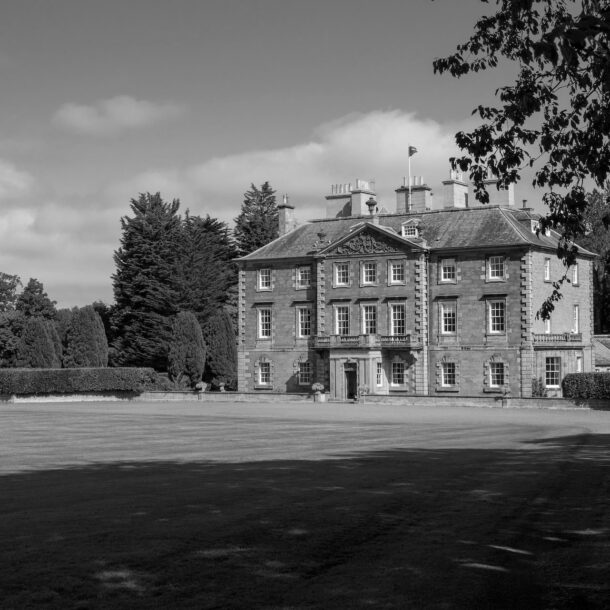

Close

A father and two of his sons stood on a gallows in an open field on the banks of the River Dodder. Ropes rested on their necks. Peter, Joe, and Billy Kearney were to die for the murder of a victim whose body had never been found. Thousands of Catholic peasants pressed against each other, clamoring for their release. A dragoon of troops stood by ready to retaliate if the crowd tried to stop the execution. The coterie of Protestant judges who arranged the execution did not relax their pursuit of justice—not when Mrs. Kearney ran towards her husband, not when another Kearney offered to hang in his father’s stead. The gallows gave way. Two of the Kearneys, father and son, died instantly, but legend has it that one of the Kearney sons was too tall for the rope. The executioner made his adjustments, and the Kearney boy hanged.
The Kearneys were hanged for conspiring to murder John Kinlan, the steward of a large landowner in the district. He had hounded the peasantry for rents and evicted them when they didn’t pay, earning their hatred. When he went missing, the authorities presumed that he had been killed. And when they unearthed a bloody hatchet with hair that resembled Kinlan’s, they concluded he had been murdered. Yet they had little ground for a case without a body or a witness, and Kinlan’s enemies were many.
The Kearney family had long ago marked themselves as rebels, and it was dangerous to be a rebel prodding a paranoid elite like the Protestant minority in power in Ireland. During the Irish Rebellion of 1798, the Kearneys were rumored to be leading members of secret societies plotting the downfall of the Protestant ruling class and stoking armed rebellion. They had given a fleeing rebel leader, Robert Emmett, refuge in their public house. They had also shown no hesitance for violence when they wanted to punish Kinlan for harassing peasants for rents. Leading up to the murder, they had attacked Kinlan, nearly strangling him to death. He had made it known that he intended to file an official complaint. The Kearneys were both some of the most obvious culprits, and a family the authorities wanted to punish for their rebellious stance. A raid on their house unearthed a bloody waistcoat and ammunition and no satisfactory explanation.
A ten minute walk from the Kearneys’ gallows led to Orlagh House, the home of Lundy Foot. He was a justice of the peace who was instrumental in executing the Kearneys. He helped the other judges arrive at an innovative legal strategy to administer capital punishment even though they did not even have definitive proof Kinlan had been killed. The Kearneys were convicted under a new law that legalized the death penalty for people guilty of conspiring to murder, even if they never fulfilled their intended crime. 12 Protestant judges, including Foot, met to decide the fate of the Kearney family. They could not sustain a murder charge, so they charged Kearney and his sons under a new law allowing the death penalty for conspiracy to murder. There was no opportunity for a defense, but perhaps to appease the peasantry the judges acquitted the two younger Kearney sons. The peasantry decried the show at justice, insisting that Kinlan had too many enemies to count, and that his murder was not even an established fact. In England, a small percentage of capital charges actually ended in an execution, but in Ireland, over half did.
The Kearneys hanged, but the peasantry would half their vengeance. Not long after the execution, someone fired a shot at Lundy Foot. He barely survived. He abandoned Orlagh House, then called Footmount, although he had spent over £10,000 to build it. He moved to Rosbercon, New Ross, but his enemies followed him. In 1835, he was assassinated while clipping trees on his estate.